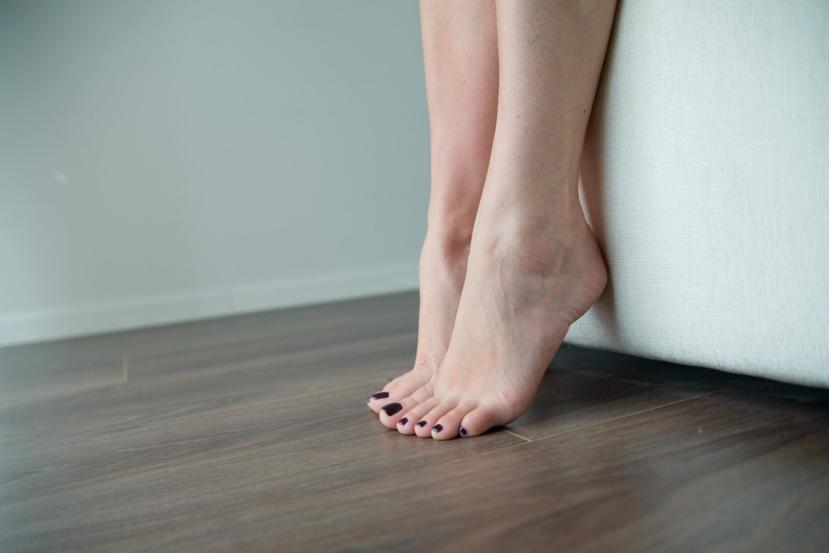5 Hammer Toe Surgery Facts You Should Know

Under the direction of expert podiatrist Velimir Petkov, DPM, the team at Premier Podiatry offers cutting-edge foot and ankle solutions. This state-of-the-art Clifton, New Jersey podiatry practice is conveniently located on Clifton Ave. Dr. Petkov has an extensive background in innovative treatments, which began with... more
Hammer toe is a condition that affects one of the three middle toes, causing it to bend upwards at the middle joint. This can lead to discomfort and difficulty when wearing shoes. While some people manage to relieve their symptoms through lifestyle changes, others may find that surgery is necessary if these adjustments do not alleviate their pain.
Read on to learn more about this type of procedure, including eligibility, cost, what the surgery involves, and the recovery process.
1. Who should consider surgery?
Before considering surgery for hammer toe, it is important to explore non-surgical options. Wearing wider shoes or using shoe inserts or pads can often help alleviate discomfort. In some cases, performing stretching and strengthening exercises—such as scrunching a towel with your toes—may also provide relief.
If these methods do not help, surgery may be a viable option for you. It is especially recommended for individuals who have persistent pain or other foot conditions, such as bunions, heel spurs, or corns. If multiple issues are present, your doctor might recommend a single surgical procedure to address all your foot problems simultaneously.
2. What to expect during surgery
Hammer toe surgery is generally performed as an outpatient procedure. This means you can go home on the same day as your surgery. Depending on your situation, you may receive general anesthesia, which will put you to sleep during the operation, or your doctor may choose to numb only the foot area. Discuss these options with your doctor to determine what is best for you.
The specific type of surgery you need will depend on the severity of your hammer toe. There are two common surgical techniques:
- Joint Resection: In this procedure, the surgeon makes an incision on the top of the toe to access the ligaments and tendons beneath. The surgeon may cut these ligaments and tendons to help straighten the toe and may also remove a portion of one bone to allow the toe to extend fully. After surgery, small metal pins or rods are often placed in the toe to maintain its alignment. These pins are typically removed about a month later.
- Fusion: During a fusion procedure, the surgeon also cuts the ligaments and tendons to straighten the toe. However, in this case, the ends of the two bones at the affected joint are removed. Pins or screws are then used to hold the bones together while they heal and fuse.
3. Cost considerations
Hammer toe surgery may be covered by Medicare or insurance if deemed medically necessary. Your doctor will consider factors such as pain level, impact on balance, and overall foot health when deciding if the procedure is necessary. Generally, insurance does not cover surgery performed solely for cosmetic reasons.
4. Recovery process
Recovery after hammer toe surgery can take several weeks and depends on the type of surgery performed. You may be given a special shoe to assist with walking and maintaining balance during your recovery. Crutches or a walker might also be necessary.
In the first two weeks after surgery, it is important to keep your foot elevated as much as possible. This helps reduce pressure on the toe and promotes healing. While pain typically decreases soon after surgery, swelling may persist for several months and can last up to a year. If pins or screws were used, they may be removed a few weeks post-surgery.
5. Long-term outlook
In some cases, hammer toe can return, and further surgery may be necessary. However, most people will experience a significant reduction in pain and discomfort after the procedure. It’s possible you might have limited ability to bend the toe, but this should not affect your walking or balance.
After surgery, it's advisable to avoid shoes that squeeze your toes, such as high heels. With proper care, hammer toe surgery can effectively relieve pain and improve the overall appearance of your foot.








